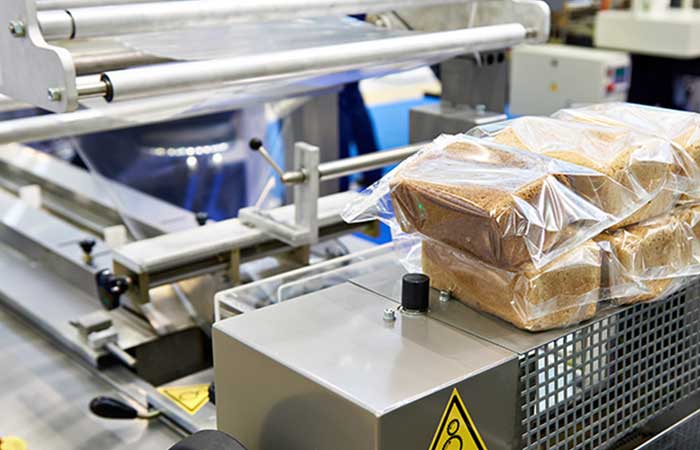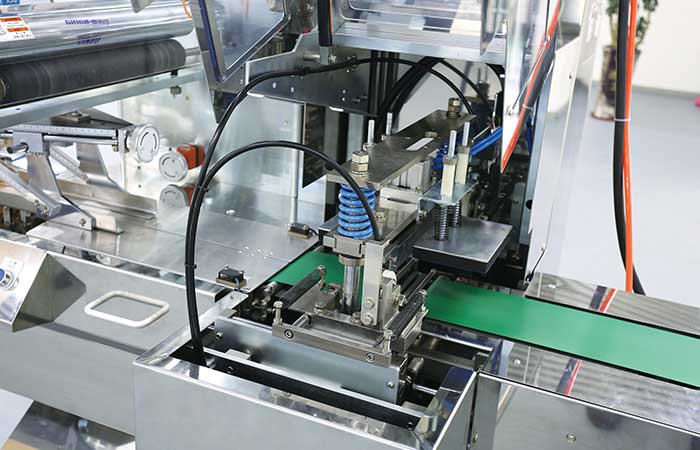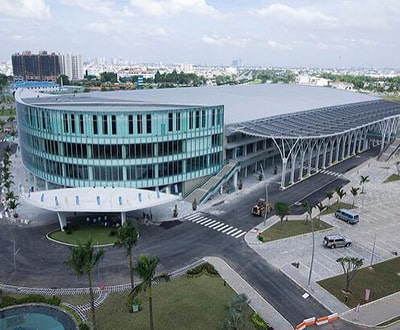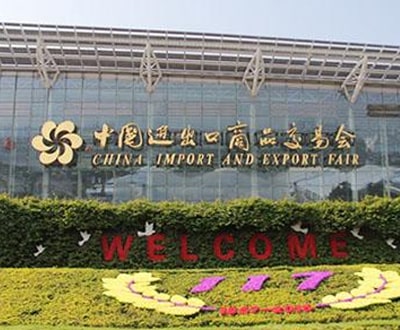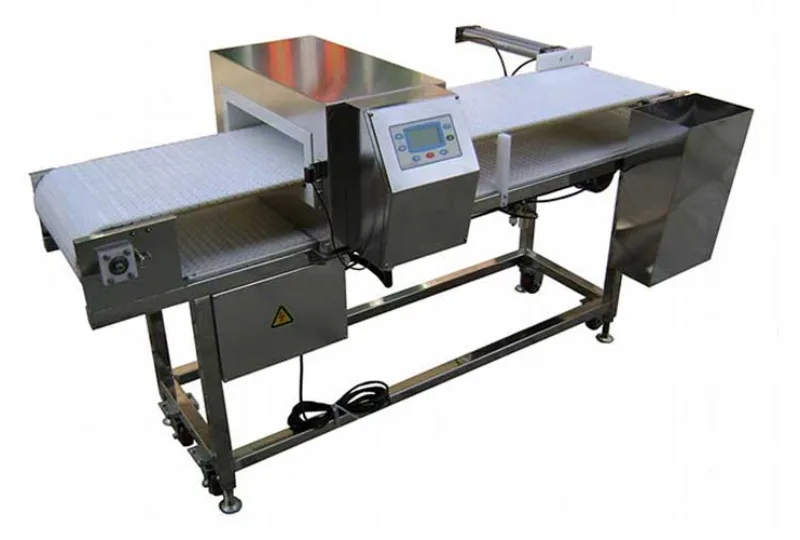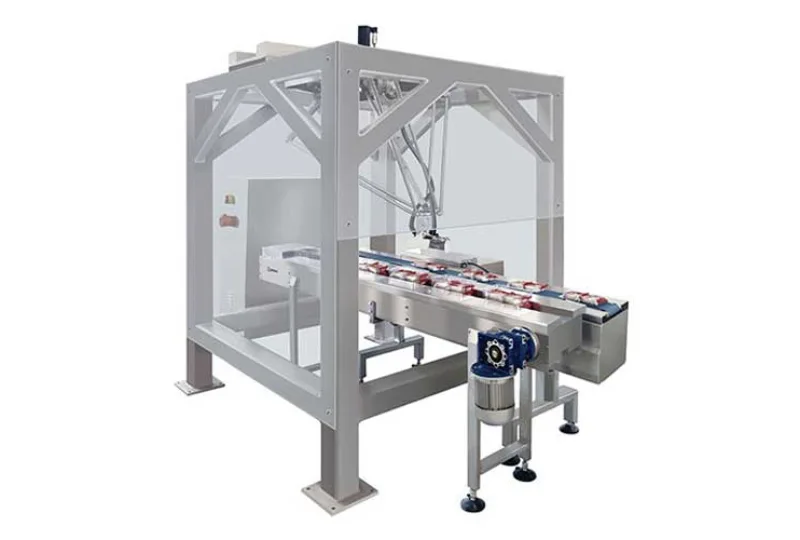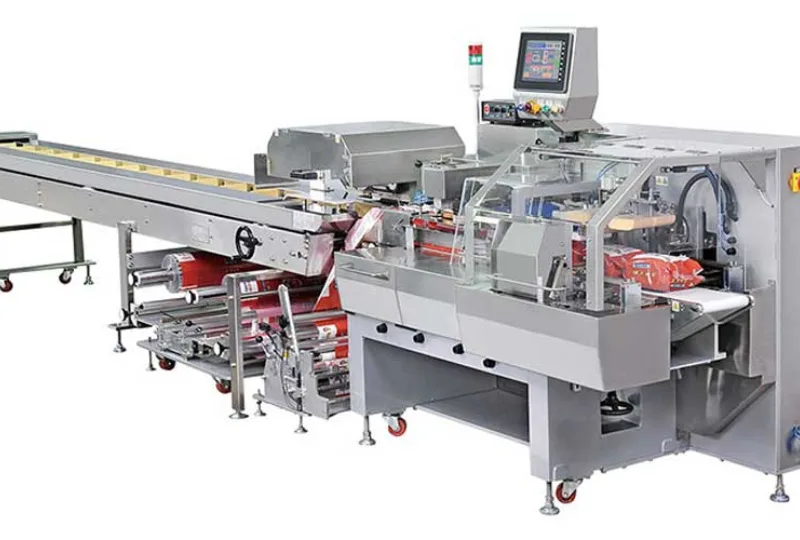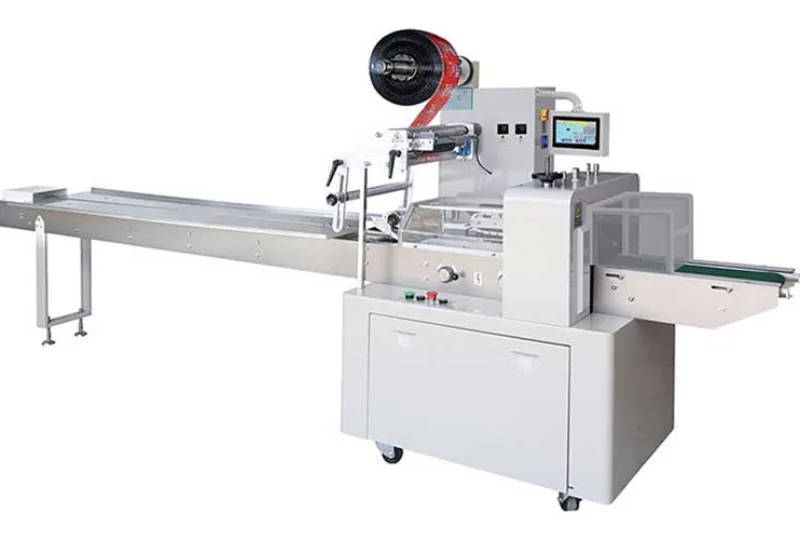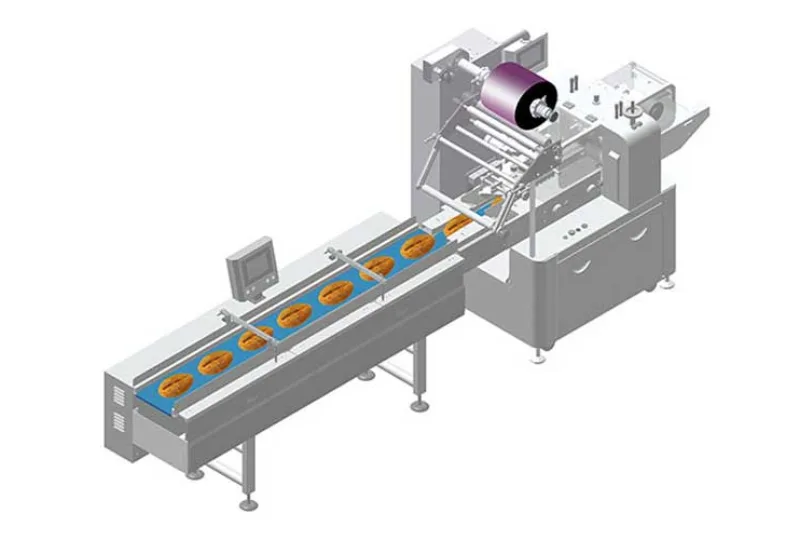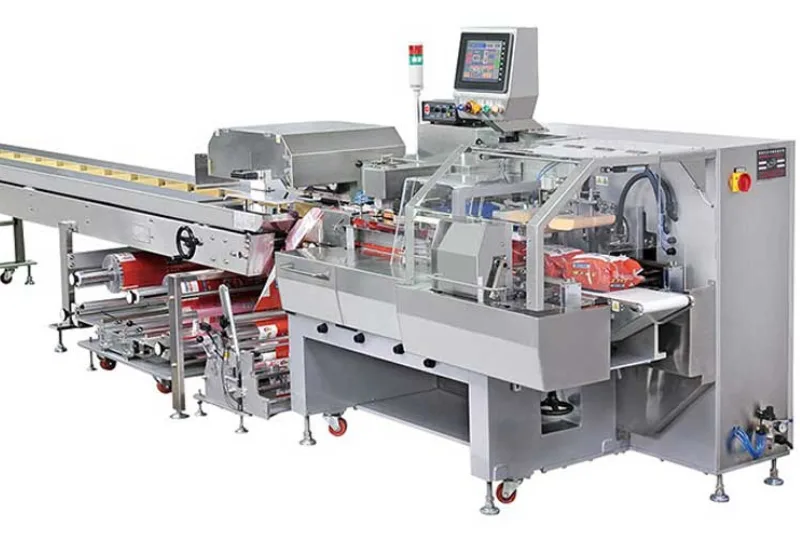Understanding the Mechanical Challenges in Electronic Packaging Systems
The Complex World of Electronic Packaging Systems
Electronic packaging systems play a pivotal role in ensuring the performance and longevity of electronic devices. The mechanical analysis of these systems involves a deep dive into the structural integrity, thermal management, and material choices. From understanding vibration effects to considering the impact of environmental factors, the design and implementation of electronic packaging require a multidisciplinary approach.
The Importance of Structural Integrity
One of the critical aspects of electronic packaging is maintaining structural integrity under various conditions. The components within the system must withstand mechanical stress, shock, and vibration to prevent failures. Finite Element Analysis (FEA) and other simulation tools are often employed to assess the structural robustness of these systems.
Thermal Management Challenges
Heat dissipation is a significant concern in electronic packaging. Excessive heat can degrade components and lead to malfunctions. Engineers must design packaging solutions that effectively dissipate heat to maintain optimal operating temperatures. Heat sinks, thermal interface materials, and proper airflow are essential considerations in thermal management.
Material Selection and Reliability
The choice of materials used in electronic packaging systems greatly influences their reliability and performance. Factors such as mechanical properties, thermal conductivity, and corrosion resistance must be carefully evaluated. Composite materials, advanced polymers, and metal alloys are commonly used to achieve the desired balance of strength and functionality.
Environmental Considerations
Electronic devices are often exposed to a wide range of environmental conditions, including humidity, dust, and temperature variations. Packaging systems must provide adequate protection against these elements to ensure the longevity of the components. Sealants, conformal coatings, and IP ratings are employed to safeguard the electronics from environmental hazards.
Future Trends and Innovations
As electronic devices become more compact and powerful, the demand for advanced packaging solutions continues to grow. Innovations such as three-dimensional packaging, flexible substrates, and miniaturized components are reshaping the landscape of electronic packaging. The integration of smart materials and IoT capabilities is also driving the evolution of packaging systems.
Conclusion
The intricate world of electronic packaging systems requires a meticulous approach to design, analysis, and implementation. By addressing the mechanical challenges associated with these systems, engineers can create robust and reliable packaging solutions that meet the evolving demands of the electronics industry.
-
01
Reliable Food Packaging Solutions with China Bread, Candy, and Biscuit Machines
11-10-2025 -
02
High-Performance Automated Food Packaging Equipment for Modern Production
11-10-2025 -
03
Reliable Pillow Packing Machines for Efficient Packaging Operations
11-10-2025 -
04
Advanced Fully Automatic Packaging Solutions for Efficient Production
11-10-2025 -
05
Efficient Automatic Food Packaging Solutions for Modern Production
11-10-2025 -
06
Advanced Automatic Packaging Equipment for Efficient Production
11-10-2025 -
07
China Bread Sealing Machine and Packaging Solutions
26-09-2025 -
08
Food Packing Machine Manufacturer: Innovative Solutions for Modern Food Packaging
26-09-2025 -
09
Pillow Packing Machine Factory: Reliable Solutions for Efficient Packaging
26-09-2025 -
10
Streamlining Food Packaging with Automatic Machines and Palletizers
16-09-2025



